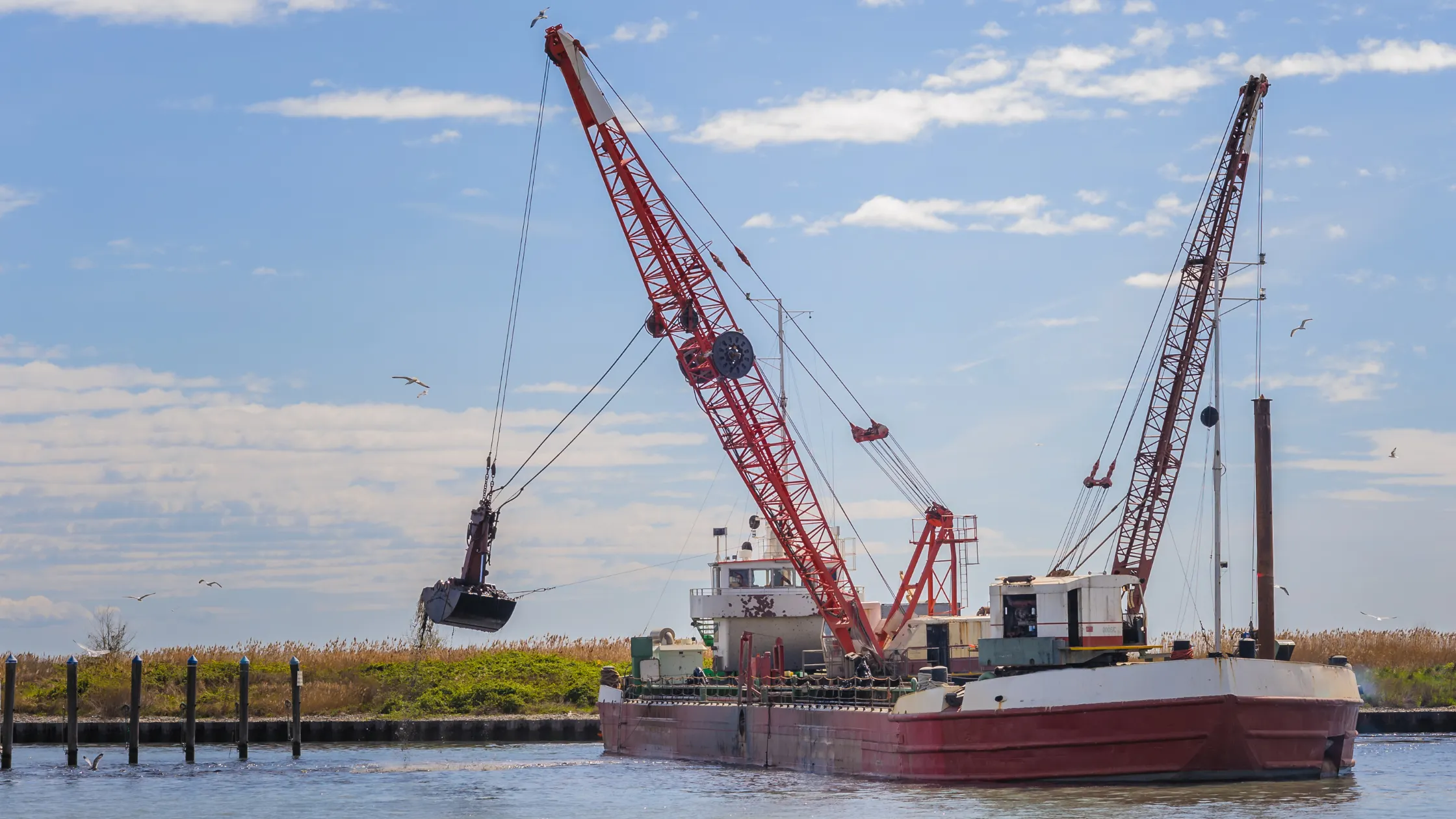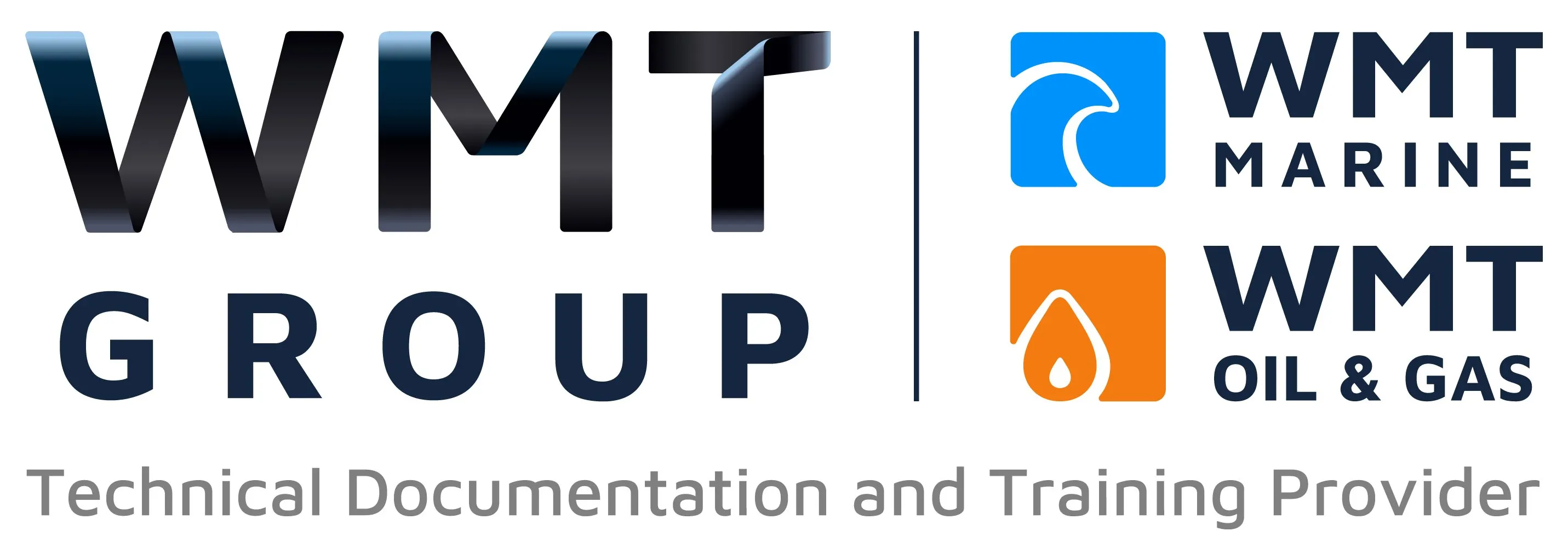How to Develop Operation Manuals for Marine Vessels: A Step-by-Step Guide to Compliance and Clarity

Operation manuals are essential tools for the safe, efficient, and compliant running of marine vessels. From cargo ships to offshore support vessels, every crew member relies on these manuals to follow correct procedures, handle emergencies, and perform routine operations. Poorly developed manuals can result in confusion, operational delays, or even safety breaches.
In this blog, we’ll show you how to develop operation manuals for marine vessels that meet industry standards and enhance onboard performance.
Why Operation Manuals Matter in the Maritime Industry
Marine operation manuals serve as the primary reference for:
✅ Day-to-day vessel procedures
✅ Emergency response protocols
✅ Equipment handling and troubleshooting
✅ Safety and environmental compliance
✅ Crew training and onboarding
Well-developed manuals help reduce human error, ensure consistency, and support compliance with organisations like the IMO, flag states, and classification societies.
Step-by-Step Guide to Developing Operation Manuals for Marine Vessels
1. Define the Scope and Purpose
Start by outlining what the manual will cover—bridge operations, engine room procedures, cargo handling, safety systems, etc. Also define the intended users (e.g., deck officers, engineers, crew).
2. Structure the Manual Logically
Use a consistent format with the following sections:
- Introduction
- Safety precautions
- Equipment and systems overview
- Operating instructions
- Emergency procedures
- Maintenance and troubleshooting
- Glossary of terms
- Appendices (e.g., checklists, drawings)
3. Use Clear, Standardised Language
Keep the text concise and easy to follow. Use standard maritime terminology and avoid unnecessary technical jargon unless essential.
4. Align with Regulatory Standards
Make sure the manual complies with:
- IMO regulations (such as the ISM Code and SOLAS)
- Flag State requirements
- Classification society rules (e.g. DNV, ABS, Lloyd’s Register)
- Industry standards (e.g. ISO 9001 for quality)
5. Include Visual Aids
Diagrams, system schematics, and workflow charts improve comprehension and reduce misinterpretation—especially for non-native English-speaking crew.
6. Incorporate Emergency Procedures
Clearly detail what to do in case of:
- Fire
- Flooding
- Collision or grounding
- Engine failure
- Man overboard
This section must be prominently placed and easy to access.
7. Ensure Version Control
Always include:
- A revision log
- Document control numbers
- Dates of issue and updates
- Authorisation and review details
This helps ensure everyone onboard is using the most recent version.
8. Digitise for Accessibility
Consider digital formats compatible with onboard systems (PDF, HTML, or interactive manuals). Cloud-based storage allows easy updates and access.
Common Mistakes to Avoid
❌ Copy-pasting manufacturer manuals without adaptation
❌ Poor document layout or inconsistent formatting
❌ Lack of clarity in procedures
❌ Ignoring regulatory updates or audit findings
Conclusion
Developing operation manuals for marine vessels isn’t just about ticking compliance boxes—it’s about creating practical, user-friendly tools that support safe and efficient operations. A well-structured manual empowers crew, reduces incidents, and ensures regulatory peace of mind.
Need help writing your next operation manual?
WMT Marine Ltd specialises in creating industry-standard technical documentation for marine and offshore sectors.
📞 Call us on +44 (0) 1244 287 850 or visit www.wmtmarine.com to speak to our expert documentation team today.
